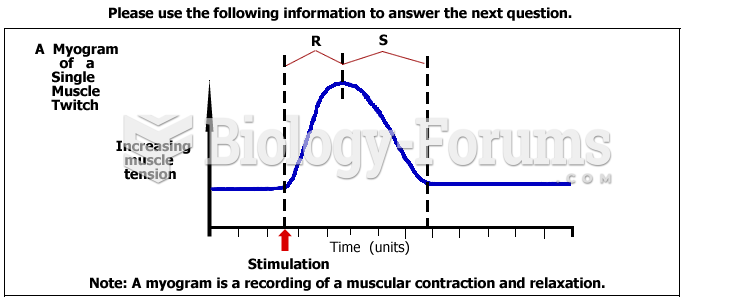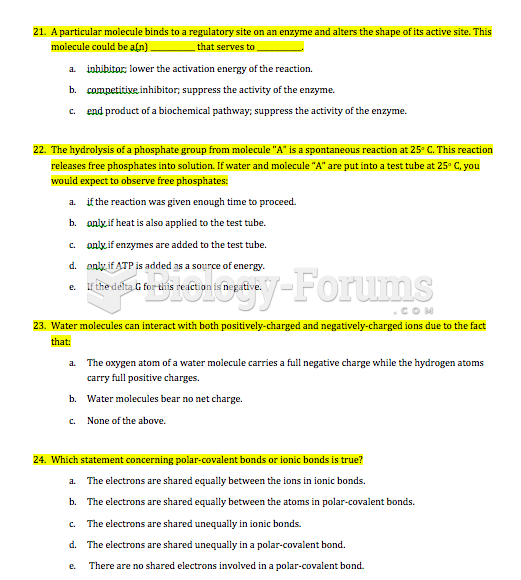Answer to Question 1
Survey research presents numerous advantages. They provide a quick, often inexpensive, efficient, and accurate means of assessing information about a population. Researchers can apply fairly straightforward statistical tools in analyzing sample survey results. However, they can also be ineffective or misleading when researchers do not follow basic research principles, such as taking care in designing both the survey instrument and the sampling frame. Surveys are also an additional source of error when the researchers intend to study actual behavior because the respondent may error answering questions about what they have done or what they will do. Each survey tool also introduces some unique disadvantages. However, errors, such as random sampling errors and systematic errors, are common to all forms of surveys.
Answer to Question 2
A survey is defined as a method of collecting primary data based on communication with a representative sample of individuals. The type of information gathered in a survey varies considerably depending on its objectives. Typically, surveys attempt to describe what is happening, what people believe, what they are like or to learn the reasons for a particular marketing activity. More specifically, surveys gather information to assess consumer knowledge and awareness of products, brands, or issues and to measure consumer attitudes and feelings. Surveys can describe consumer characteristics including purchasing patterns, brand usage, and descriptive characteristics including demographics and lifestyle. Not all survey research is conducted with the ultimate consumer - some focus on wholesalers, retailers, or industrial buyers. Although most surveys are conducted to quantify certain factual information, some aspects of surveys may also be qualitative.







